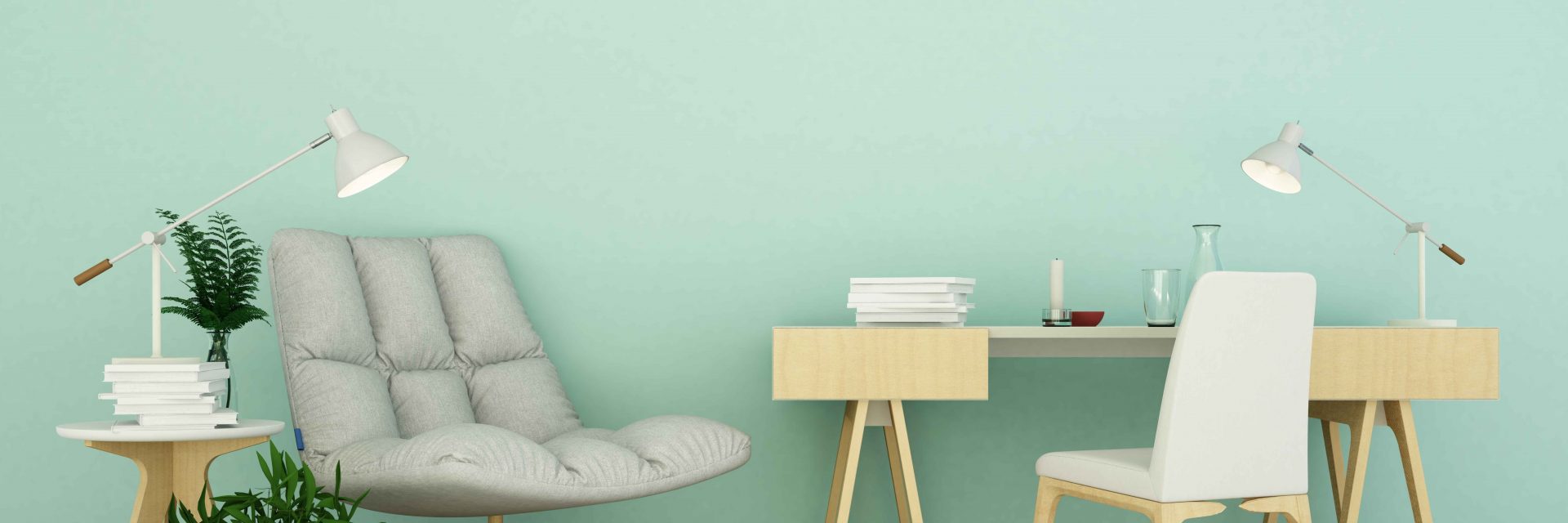Understanding Seasonal Influences On Commercial Exterior Painting: Vital Knowledge For Success
Understanding Seasonal Influences On Commercial Exterior Painting: Vital Knowledge For Success
Blog Article
Article Writer-Carlson Rodriquez
When you're planning a commercial external painting task, seasonal factors can make or break your results. You'll wish to take into consideration just how temperature and moisture impact paint application and drying times. Picking the ideal season can guarantee your paint adheres appropriately and lasts longer. But which seasons are absolutely the very best for this type of job? Let's explore house painters near me interior that can influence your project's success.
The Influence of Temperature on Paint Application
When you're intending an industrial outside painting task, the temperature level can substantially impact just how well the paint adheres and dries.
Preferably, you wish to repaint when temperatures range in between 50 ° F and 85 ° F. If it's as well cold, the paint may not heal properly, causing problems like peeling off or splitting.
On the flip side, if it's also warm, the paint can dry out too rapidly, protecting against appropriate bond and leading to an uneven surface.
You need to additionally think about the time of day; morning or late afternoon offers cooler temperatures, which can be much more positive.
Constantly examine the manufacturer's suggestions for the details paint you're using, as they frequently supply advice on the suitable temperature level array for optimal results.
Moisture and Its Effect on Drying Times
Temperature level isn't the only environmental aspect that affects your industrial external painting job; humidity plays a substantial duty as well. High moisture degrees can decrease drying times substantially, impacting the total high quality of your paint task.
When the air is saturated with dampness, the paint takes longer to cure, which can lead to problems like inadequate attachment and a greater risk of mildew growth. If you're repainting on a particularly moist day, be prepared for prolonged wait times between coats.
visit website to monitor regional weather conditions and plan accordingly. Preferably, go for humidity degrees in between 40% and 70% for optimal drying out.
Maintaining these consider mind guarantees your project remains on track and supplies a lasting coating.
Best Seasons for Commercial Exterior Painting Projects
What's the best season for your industrial external painting projects?
Springtime and early fall are typically your best bets. During these periods, temperatures are moderate, and moisture degrees are typically reduced, producing excellent conditions for paint application and drying out.
Avoid summer's intense heat, which can cause paint to completely dry as well rapidly, resulting in inadequate bond and coating. In a similar way, winter months's cold temperatures can impede appropriate drying and healing, taking the chance of the long life of your paint job.
Go for days with temperature levels between 50 ° F and 85 ° F for ideal results. Keep in mind to examine the regional weather report for rainfall, as damp problems can wreck your task.
Planning around these elements guarantees your painting job runs smoothly and lasts much longer.
Verdict
In conclusion, planning your commercial outside paint tasks around seasonal considerations can make a significant difference in the end result. By organizing additional Info during the suitable temperatures and humidity levels, you'll make sure far better bond and drying times. Keep in mind to watch on neighborhood weather forecasts and pick the correct time of year-- springtime and early fall are your best options. Taking these actions will help you achieve a resilient and specialist surface that lasts.
